Breathe Deeply, Live Fully: Yoga for Mind, Body & Spirit. What is the true meaning of life? Is there a real connection between our minds, spirits, and bodies? Can we control our thoughts or emotions?
Our brains are the center of our being. They give us purpose, identity, and direction. The brain allows us to experience joy, sorrow, love, hate, anger, fear, happiness, sadness, and other feelings. They enable us to see, hear, speak, move, eat, drink, breathe, and live.
Yoga: Where Mind, Body & Spirit Align
Yoga refreshes your mind and spirit and tones your body. Therefore, it helps us connect with ourselves and brings out our best. It also improves our overall well-being and provides relief from stress and anxiety.
What Do Mind, Body, And Spirit Mean?
How can they affect our lives? Mind, body, and spirit are three aspects of human life. They are interconnected and interdependent, or they influence each other. For example, stress affects our minds and bodies. Our thoughts also affect our emotions and moods; our emotional state influences our behavior and actions.
Mind, body, and spirit are closely related. When discussing them separately, we often refer to their parts. But they are inseparable, which means that they cannot be separated.
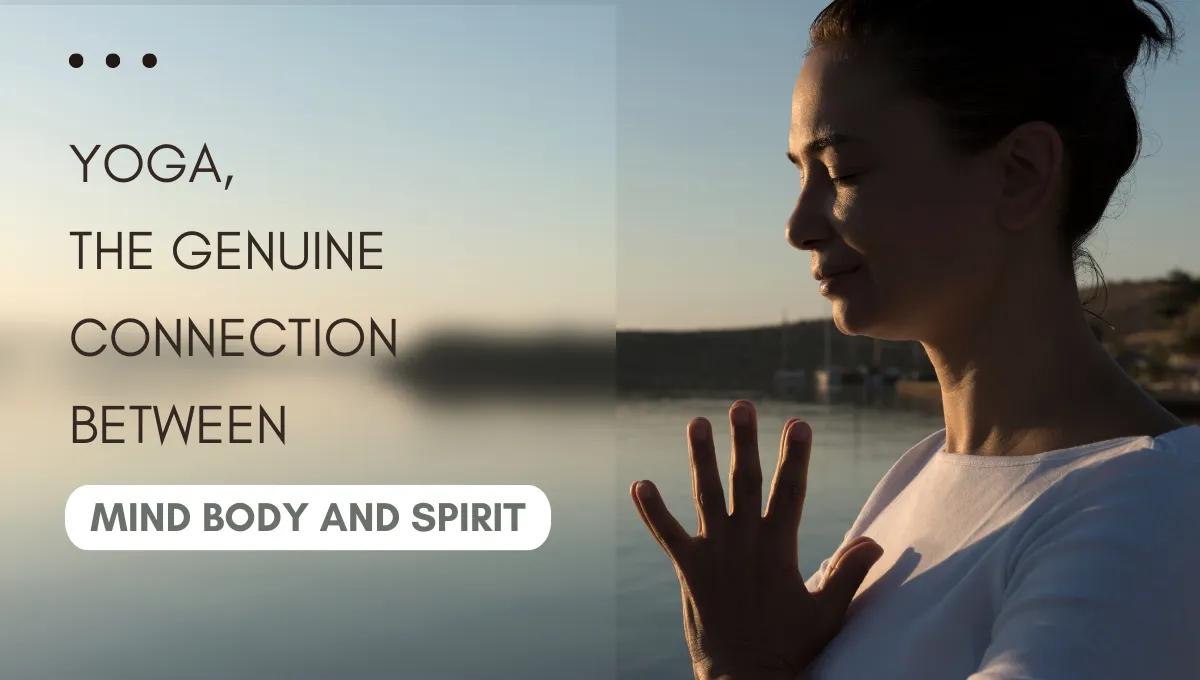
What Kind Of Yoga Should The Seniors Do?
Various types of yoga can benefit seniors, but it’s vital to choose practices that are gentle, accessible, and suitable for their specific needs. Selecting the right style can significantly impact the effectiveness and safety of the practice.
Here’s an expanded look at several types of yoga that are commonly recommended for older adults, with a focus on their benefits and how they cater to different needs:
Hatha Yoga
Hatha yoga is a foundational style that emphasizes gentle, deliberate movements and breath control. This style is characterized by a slower pace and a focus on basic yoga poses, making it particularly suitable for seniors who wish to enhance their flexibility, balance, and overall well-being. Hatha yoga typically involves:
- Basic Poses (Asana Yoga): Simple postures accessible for beginners and those with limited mobility.
- Breath Control (Pranayama): Techniques that promote relaxation and manage stress.
- Relaxation: Emphasis on calming the mind and body can improve mental clarity and reduce anxiety.
The slow pace and focus on alignment in Hatha yoga help seniors practice yoga safely while improving their physical and mental health.
Chair Yoga
Chair yoga is a modified form for individuals with limited mobility or balance issues. In chair yoga, poses are adapted to be performed while seated or with the support of a chair. This style offers several benefits for seniors:
- Accessibility: It allows individuals with physical limitations to experience the benefits of yoga without the need to get up and down from the floor.
- Support: The chair provides stability, making it easier to maintain balance during poses.
- Safe Practice: Reduces the risk of injury by offering a stable base and modified poses.
Chair yoga can help improve flexibility, strength, and overall well-being in a safe and accessible manner.
Gentle Yoga
Gentle yoga is designed to accommodate seniors and those with physical limitations. This type of yoga focuses on the following:
- Modified Poses: Adjustments and props make poses more accessible and comfortable.
- Controlled Movements: Emphasis on slow, deliberate movements to prevent strain and injury.
- Stretching and Relaxation: Gentle stretching and relaxation techniques help increase flexibility and reduce muscle tension.
Gentle yoga is ideal for seniors who need a softer approach to yoga, focusing on improving mobility and relaxation.
Restorative Yoga
Restorative yoga is a deeply relaxing form that involves holding poses for extended periods, often with props such as blankets, bolsters, and blocks. Key benefits include:
- Deep Relaxation: Poses are longer to promote profound relaxation and stress relief.
- Tension Release: Helps release deep-seated tension and improve overall flexibility.
- Calmness: Encourages a sense of peace and tranquility, which benefits emotional well-being.
Restorative yoga is excellent for seniors seeking to reduce stress, enhance flexibility, and achieve a calm, centered state of mind.
- Yin Yoga
Yin yoga involves holding passive poses for longer durations, typically targeting the connective tissues and joints rather than muscles. This style benefits seniors by:
- Improving Flexibility: Long-held poses help increase joint and connective tissue flexibility.
- Enhancing Circulation: Supports better blood flow and joint mobility.
- Promoting Relaxation: The slow pace and focus on deep stretches encourage relaxation and mindfulness.
Yin yoga benefits seniors looking to improve their range of motion and achieve a state of relaxation.
Getting Started with Yoga as a Senior
When starting yoga, seniors should consider the following tips to ensure a safe and beneficial practice:
- Consult a Qualified Instructor: To ensure the exercises are appropriate and safe, seek guidance from a yoga instructor with experience working with older adults.
- Focus on Individual Needs: Yoga poses should be adapted to individual needs and capabilities. Modify poses as necessary and use props for added support.
- Listen to Your Body: Listen to your body’s signals and avoid pushing into discomfort or pain.
The yoga positions (asana yoga) recommended for seniors may resemble those for younger individuals, but the approach will differ. The effort and duration spent in each posture should be adjusted according to flexibility and physical condition, making the practice safe and effective for older adults.
By incorporating these types of yoga into their routine, seniors can enjoy the numerous benefits of improved flexibility, strength, and overall well-being while practicing according to their needs and capabilities.
Pilates And Yoga Are Both Excellent Exercises For Seniors
Pilates and yoga are excellent exercises for seniors, offering a range of benefits for physical and mental well-being. Here’s a closer look at the advantages of each:
Pilates for Seniors:
- Core strength: Pilates focuses on strengthening the core muscles, improving posture, stability, and balance, benefiting seniors in their daily activities.
- Flexibility: Pilates exercises promote flexibility, helping seniors maintain joint mobility and reduce stiffness.
- Joint-friendly: Pilates is a low-impact exercise that puts minimal stress on the joints, making it suitable for seniors with joint issues or arthritis.
- Muscle tone and strength: Pilates targets various muscle groups, promoting overall strength and toning of the body.
- Posture improvement: Pilates can help seniors improve their posture and body awareness through mindful movement and alignment.
- Fall prevention: Enhanced core stability and balance developed through Pilates can reduce the risk of falls among seniors.
- Mind-body connection: Pilates emphasizes mindful movement and breath control, promoting relaxation and stress reduction.
Yoga for Seniors:
- Flexibility and joint health: Yoga incorporates stretching and gentle movements that improve flexibility, enhance joint mobility, and reduce stiffness.
- Balance and stability: Many yoga poses focus on balance and stability, helping seniors improve their proprioception and reduce the risk of falls.
- Strength building: Yoga poses require body weight, which helps develop strength in muscles and bones.
- Stress reduction and relaxation: Yoga includes breathwork and meditation techniques that promote relaxation, reduce stress, and enhance overall well-being.
- Mind-body connection: Like Pilates, yoga emphasizes the mind-body connection, fostering mindfulness, self-awareness, and inner calm.
- Pain management: Certain yoga poses and gentle movements can help alleviate everyday aches and pains associated with aging, such as back pain or joint discomfort.
- Social engagement: Participating in group yoga classes allows seniors to socialize, build connections, and engage in a supportive community.
Pilates and yoga offer numerous benefits for seniors, and the choice between the two depends on individual preferences and goals.
Pilates is a low-impact exercise that strengthens muscles and improves posture and flexibility. Its moves target the core but also work other body parts. In Pilates, you usually exercise on a reformer machine or a mat. Those with limited flexibility can do the exercises safely in a chair or wheelchair. Sitting in a chair and doing Pilates movements can give older adults the benefits of these workouts without lying down.
What precautions should seniors take?
Seniors should take certain precautions when practicing yoga to ensure a safe and beneficial experience. Here are some necessary precautions to consider:
Consult with a healthcare professional: Before starting a new exercise program, including yoga, seniors should consult with their healthcare provider, especially if they have any pre-existing health conditions or concerns.
Choose the right yoga style: Opt for yoga styles that are gentle and suitable for seniors, such as gentle yoga, chair yoga, or restorative yoga. These styles focus on slow and controlled movements, making them more accessible and less strenuous.
Practice under guidance: It can be helpful for seniors to practice yoga under the guidance of a qualified yoga instructor, particularly one experienced in teaching yoga to seniors. An instructor can provide proper guidance and modifications and ensure correct alignment to prevent injuries.
Listen to your body: Seniors should listen to their bodies and respect their limitations. They should avoid pushing beyond comfort levels and modify poses as needed. Practicing awareness and being mindful of discomfort or pain is vital to prevent injury.
Warm-up and cool-down: Before starting the yoga practice, seniors should engage in a gentle warm-up routine to prepare the body for movement. Similarly, ending the session with a cool-down and relaxation period can help promote relaxation and prevent muscle soreness.
Find Your Flow: Yoga for a Balanced Mind & Body
6. Use props for support: Yoga props such as blocks, bolsters, straps, and blankets can provide additional support and stability during poses. Seniors can utilize these props to modify poses and make them more accessible and comfortable.
7. Avoid overexertion: Seniors must avoid overexertion and not push themselves too hard. Taking breaks, resting when needed, and pacing oneself throughout the practice are crucial.
8. Stay hydrated: Hydration, including yoga, is essential during any physical activity. To stay hydrated, seniors should drink water before, during, and after the practice.
9. Practice on a non-slip surface: It’s recommended that yoga be practiced on a non-slip surface to ensure stability and prevent slips or falls. This reduces the risk of accidents and provides a safe environment for the practice.
10. Be mindful of underlying conditions: Seniors with specific health conditions such as osteoporosis, arthritis, or balance issues should be cautious and seek modifications or avoid certain poses that may exacerbate their condition. It’s essential to work with an instructor who can provide appropriate modifications.
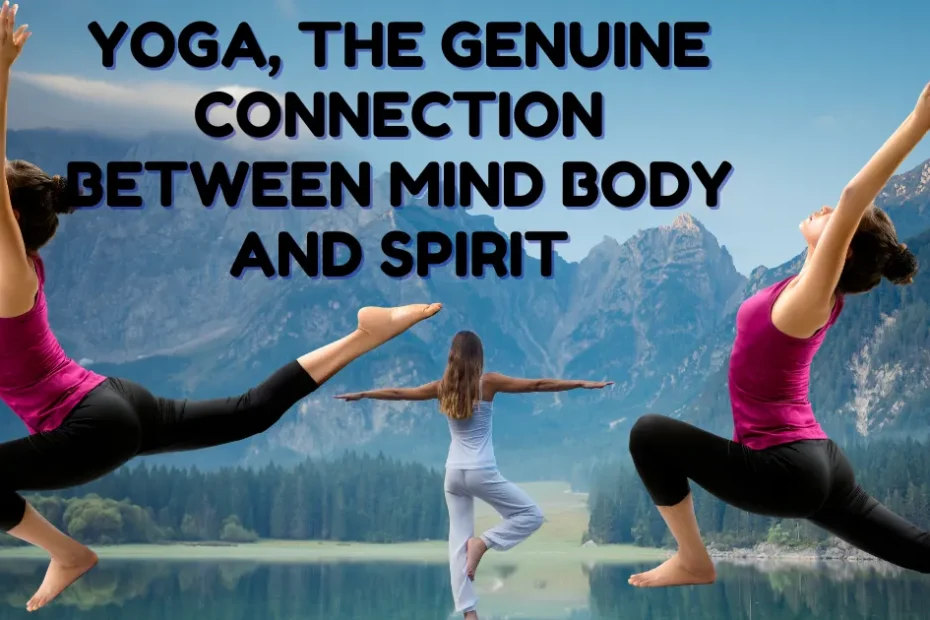

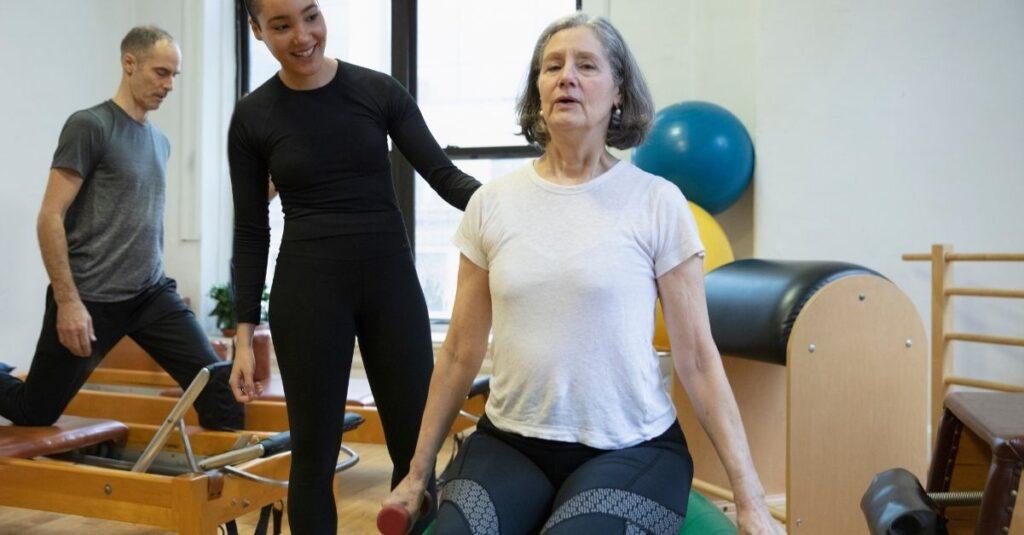

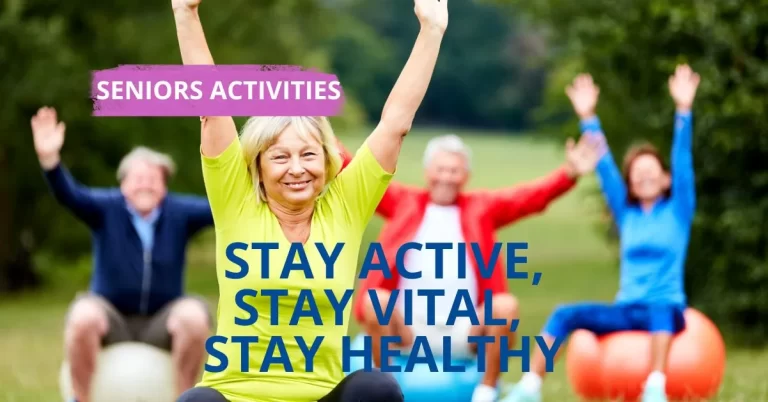
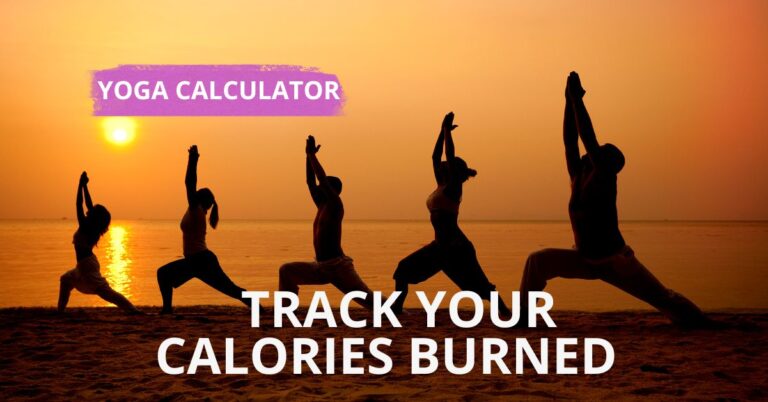
This is really informative and superbly written.??
Thanks to you, it is very nice to share information with others
Reducing stress, anxiety, depression, and chronic pain
By practicing yoga, you can improve your flexibility, strength, and balance, while also reducing stress and anxiety.
I started yoga as a way to unwind after long, stressful workdays, and it’s been a game-changer for me! Initially, it was about stretching and some basic poses, but I quickly realized the power of deep, mindful breathing. It’s incredible how a few minutes of focused breathing in a peaceful setting can shift your entire mood and relieve tension
Yoga is not just an individual practice—it’s an opportunity to connect and share positive energy with others.
Ready to take your yoga practice to new heights?. Thanks for your comment 🙂